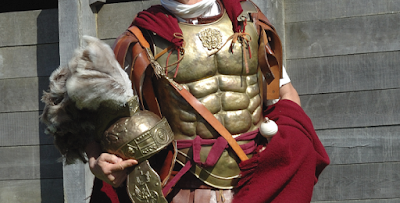Ah,
winter! Cold, crisp air, snow, and… ice. Personally, I’m not a fan of cold
weather (give me July any day!), and ice on the ground is only one of the reasons
why. The statistics for winter weather-related accidents are startling. We all
know that driving on icy roads is inadvisable: 116,000 injuries every year,
along with 1,300 deaths.
What
many may not realize is that there are a disturbing number of serious
ice-related injuries every year while walking. Over one million Americans are
injured by slips and falls every winter, and that’s only the reported cases.
Over 42,000 of those injuries result in at least one day of absence from work,
and a staggering 82% of those injuries are on flat, level ground. Get a full
rundown of the statistics HERE.
The
lesson? If you must be out and about during icy weather, make sure your tires
and footwear have plenty of traction.
The
same lesson can be applied to our spiritual lives and our daily walk with Christ.
The Apostle Paul uses the imagery of a Roman soldier’s shoes (caligae) when urging the believers in
Ephesus to put on the full Armor of God. If you read my previous
article, you may remember that the sole of the Roman military “sandal” is
studded with hobnails which provide excellent traction in virtually any
situation. Our biggest concern, as always, is how to actually apply Biblical
symbolism in a practical way. The best place to begin, as always, is with
scripture. In this case, let’s examine Ephesians
6:15.
15 “And your feet shod with the
preparation of the gospel of peace;”
(KJV)
 |
Notice
the word, “preparation.” Now, if you are planning to go out walking on ice,
your preparations might (and should) include choosing a pair of boots with
excellent traction. Likewise, if you must drive on icy roads, you might prepare
by adding snow chains or studs to your tires. Paul realized that Roman soldiers
also put some time into caring for their caligae,
including periodic cleaning and oiling of the leather to keep it in good
shape. In fact, these soldiers did at times have to deal with cold weather,
snow, and ice. In those conditions, their preparations included adding heavy
wool socks to their feet in order to keep warm.
So
how do we prepare ourselves to face the world every day? How do we prepare
ourselves to be ambassadors of Christ? How do we prepare to walk with the Lord?






